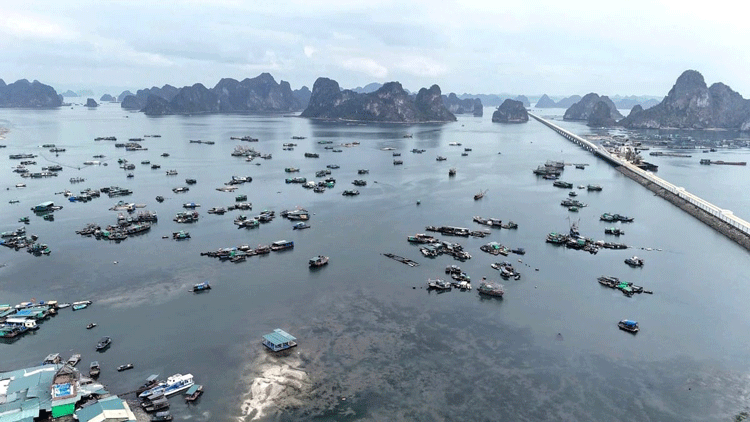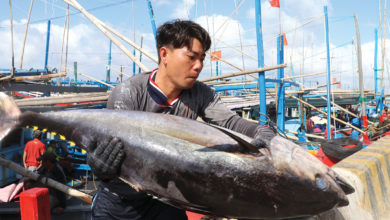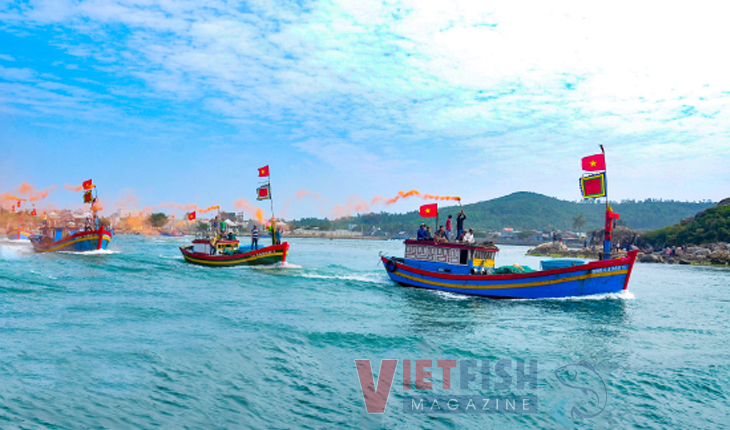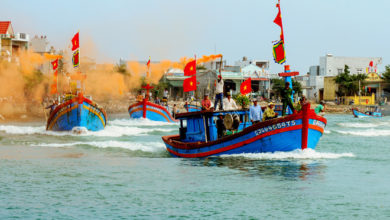Hanoi: Actively treat waste in aquaculture
Functional industries and aquaculture farmers in Hanoi are actively handling waste in the process of local aquaculture, the treatment rate reaches 90 – 100%.
According to the statistics of Hanoi Department of Agriculture and Rural Development, by 2020, the area of aquaculture in the city will reach more than 34,329 ha. In which: about 34,319 ha of farmed fish, 10.5 ha of giant freshwater shrimp. The main farming method is semi-intensive and intensive. Estimated, the amount of waste generated in freshwater fish farming is 75,502 tons of sludge; 13,731,900 food packaging; 1,209,384 veterinary drug packages; the amount of wastewater is about 335,940,000 m3. For freshwater shrimp, the amount of sludge is 11 tons, the amount of waste generated from food packaging is 1,200 packages; the amount of waste generated 360 packages of veterinary medicine; amount of wastewater generated 105,000 m3.
The main sources of pollutants from aquaculture include nutrients in shrimp feed, excess fish, feces and waste. In addition, there are other pollution sources such as sludge, chemical residues and water treatment antibiotics.
Moreover, wastewater from the seafood processing process contains a pollution concentration many times higher than that of farming because the wastewater is concentrated in many stages such as: washing raw materials, processing raw materials, processing products, factory cleaning water, human waste, machine washing water…
To overcome the environmental pollution in aquaculture, localities and aquaculture farmers in the city have applied many measures and achieved positive results. Specifically, the sludge for freshwater fish farming, shrimp is treated with bio-products, powdered lime, disinfectant chemicals, the treatment rate reaches 90%; Food packaging and veterinary medicine packaging are handled by recycling collection, the rate of treatment reaches 100%.
VFM






